
The Cane Haul Road Sale is an annual event that HPG has been putting on for many years. The sale was set up under three large tents. Tables were set up under two of the tents and stocked with donated pots while the third tent was reserved for potters from HPG who were offering their pots for sale. I found this to be a very strange sale for me. I donate a large number of my pots to HPG, so I was competing with my own pots. It was somewhat gratifying to see so many of my donated pots getting scooped up, but it was hardly something to brag about since they were selling for $3, $5, and $10 apiece. My two tables were set up right next to the checkout tables, and the people there began telling everyone who bought one of my donated pots, "There's the artist over there! He's the one who made this!" I just nodded and smiled. It was unbearable, however, when I saw people walking up to the checkout tables with pots I'd made during my first few months of potting. Boy did I ever wish I'd thrown those pots away! When I saw them passing by I'd just put my head down or turn away. And then I'd hear the now familiar "There's the artist over there! He's the one who made this!" I know they didn't mean any harm but it felt like an accusation. One pot in particular was especially ugly, but when the lady buying it was told that I was its creator, she had to meet me and thank me over and over again for making such a beautiful vase. I just smiled at her and thanked her for buying my pot. When she was gone, I asked the people at the checkout table to please not identify me as the maker any more. It was too embarrassing!
It was also a little challenging selling my pots when all of the donated pots were selling for $10 or less. People would start at the tents with the donated pots and then come by my table with a few pots already in hand. They'd lean forward to look at the price of my pots and then suddenly jerk back like they'd just encountered some noxious stench. One lady in particular had two of my donated pots in her hands and kept circling around my tables. I introduced myself and she told me she was a pottery collector. She told me she liked my pots but thought she would just buy the two $5 bowls since the ones on my table were so expensive in comparision. I took the two bowls she had in hand and placed them next to a larger serving bowl that she was especially interested in. I told her I thought the two bowls she had picked out were okay but were not even close to the quality of the more expensive bowl she had shown some interest in. I asked her as a collector which bowl she would rather add to her collection. In ten years, which would she like the most? She had to admit she liked the $95 bowl better and that it was a much better piece. To my delight, she purchased all three!
The last sale I did was at the Studio Benefit Sale for the Honolulu Museum of Art School, Linekona. The sale raises money for the educational programs of the museum and includes pieces by teachers and students in metals (primarily jewelry), fusion glass, textiles, and ceramics. Linekona has an amazing building and a beautiful gallery for holding the sale. Diana (don't know her last name) did an outstanding job of setting up the gallery and came back every day to rearrange things and make the displays more interesting. In spite of the beautiful setting, however, the sale wasn't a smashing success for the museum for several reasons. First, there was no marketing, no promotion. The museum is across the street from its school, but I saw no indication that a sale was coming up at all. I'm a member of the museum, but I saw no notice on their website or in their printed material. Only the week before the sale did I notice it buried in the museum calendar. Hawaii is inundated with tourists this time of year, but no tour groups came to the sale. I noticed a few posters about the sale that had been posted at Linekona and asked if I could get a stack of them to put up in places like libraries and hotels. No can do. They'd only printed a few posters and they were all posted at Linekona, the last place they needed to be! Anyway, I could go on and on about this, but I decided to do something about it and talked with Vince, the director of the school at Linekona, and told him I'd love to help him promote the sale for next year. Second, there was little attempt to sell pieces to customers. Everyone who had pieces in the sale had to volunteer to "sit" for four hours one day during the sale (it went on for almost two weeks). I think they took the notion of sitting too literally! I've had quite a bit of experience in sales over the years, especially when I was in graduate school. Artists can often look at sales as something repugnant, but it doesn't have to be. While I was sitting I found that many people just can't make up their minds about what to buy. They might see four things that they like but leave without anything in hand because they can't make up their mind between the four. Sometimes all I needed to do was to place two or three pieces of fusion glass next to each other for them to find out which one they preferred. One day I happened to come in to the gallery and one of the sitters pulled me aside and said "the lady over there has been looking at your pot off and on for about 10 minutes." I had to wonder why he hadn't thought to get up and talk to her about the piece. So I walked up to her and began conversing with her about my pot. It turned out that she was from Santa Fe and was in Hawaii on vacation. She wanted to buy the pot but didn't know how to get it back home. She didn't want to put it in her luggage since it was fragile and probably wouldn't survive intact. I got out my smart phone and helped her find a UPS near their vacation rental that would box and ship the pot. We had a great conversation and she bought the pot. Sales is usually as simple as that: helping people make choices and helping them figure out how to get their purchases home. And that gets me to the third suggestion I'd make for improving the sale next year: make it easy for people to ship their pieces back home. I'm going to suggest that we make some sort of arrangement with UPS or FedEx. That way a person who's visiting Hawaii can make a purchase, hand it back to us, and know that it will arrive safely at their home within a week or so.
So those are some of my experiences and observations about the last two sales I've participated in. I did the best at the Linekona sale and sold 30 pots, but I still have over 100 left that didn't sell. While I was reflecting on that and getting a little discouraged, it suddenly dawned on me that no one else in the world has as extensive a collection of my pots as I do. I'm now the world's leading collector of Jon Rawlings pottery! I know, dear reader, that you may not hold this in high esteem, but how many of you can say you're the best in the world at something?!
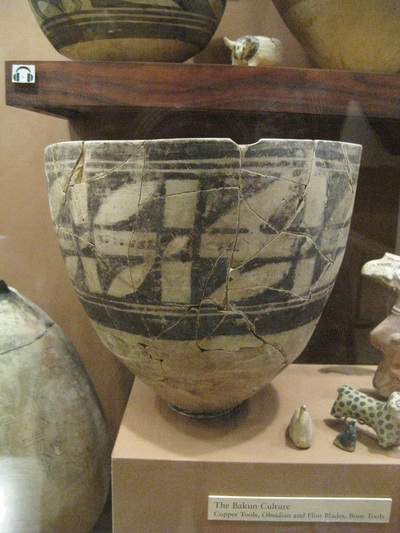
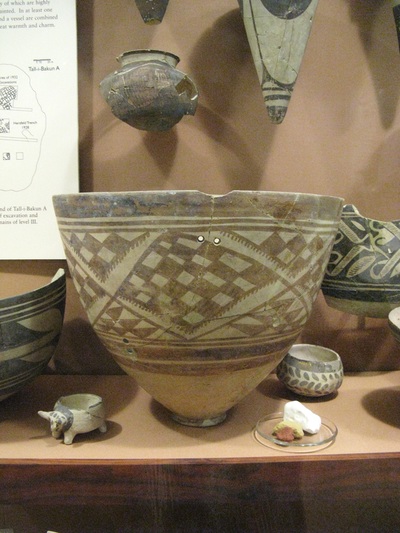
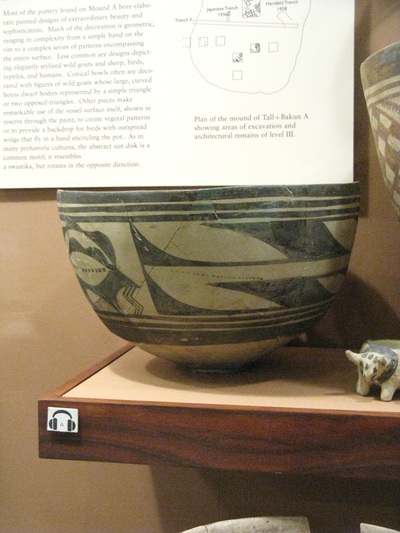
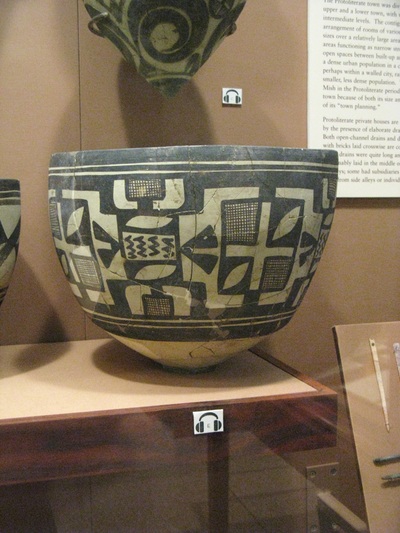
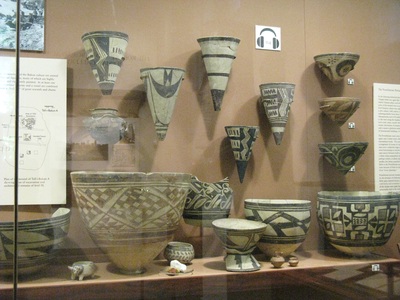
 RSS Feed
RSS Feed